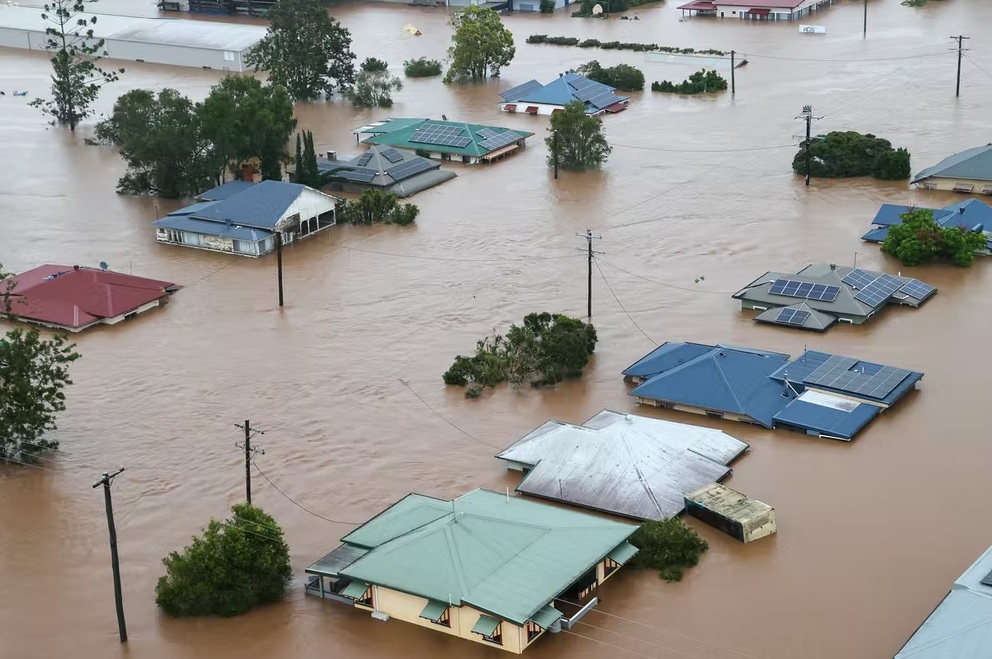The big wet on the east coast – pausing to think about urban development in floodplains
Over the past few years, NGT has been exploring the complex challenge of how to ensure that floodplain and/or instream wetlands which were drained and farmed as a result of agricultural development, are not subsequently forgotten when land use change occurs and such areas are earmarked for urban development. You can revisit our past blogs on this subject here, noting that we will soon release a third discussion paper again focussing on the wallan wallan wetlands in the northern growth corridor of Melbourne.
With all of this mind, we have been watching the extreme flooding events of the past couple of years along the east coast, which have provided a sobering reminder of how planning decisions can have repercussions many decades later. It is becoming increasingly clear that we need to chart a smarter way forward for the outer urban development that is occurring around our cities. For example, reinstating previously drained wetlands and capitalising on their flood storage and buffering potential, is a really smart way to build some much needed resilience into future urban environments in the face of the type of unpredictable, episodic rainfall events we’ve been watching unfold.
If you are interested to learn about some of the key challenges, including the ever present (but often unspoken) drivers of development in floodplains, then this article by academics from the University of Melbourne in The Conversation is well worth a read.

